Improved communication, reduced errors in the model and plenty of time saved. Mercury Engineering found the perfect project to test Trimble’s XR10 mixed reality technology.
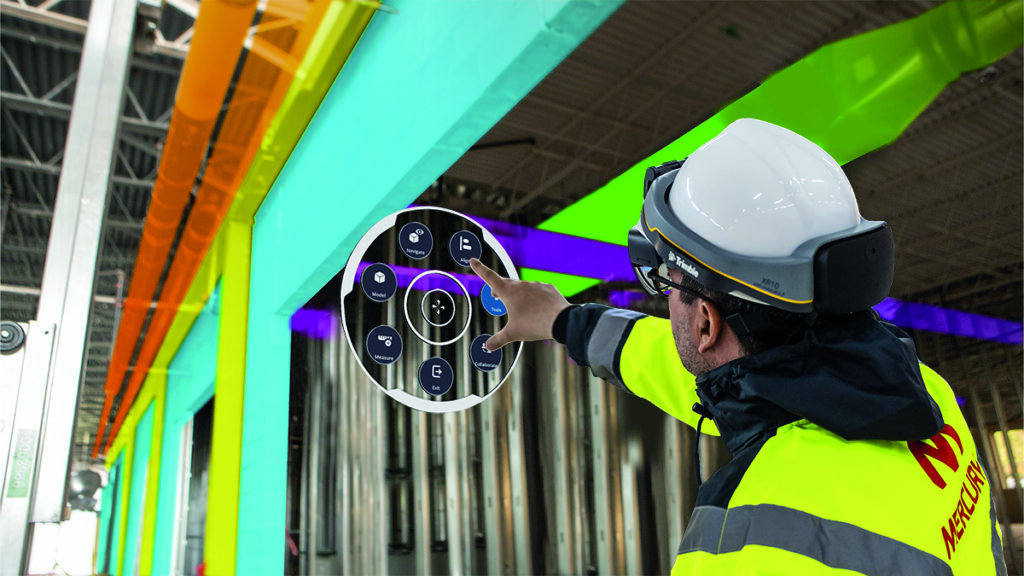
Every year, new digital technologies emerge that can improve construction work, both on-site and in the office. Smart businesses are seeing the potential to improve access to information and embracing them. Businesses like Dublin-based Mercury Engineering.
Mercury manages complicated engineering projects both at home in Ireland and abroad. They work across a range of sectors, with a focus on improving technology development, wellbeing and the built environment.
Mercury are recognised as leaders in their area. And the key to their success lies in their digital transformation strategy, Digital Edge. This lets them roll out the most up-to-date technologies across a range of projects and lets them deliver speed, accuracy and value to their clients.
As part of their Digital Edge programme, Mercury is one of KOREC Ireland’s earlier investors in Trimble’s XR10 HoloLens 2 Mixed Reality systems.
As well as saving time and reducing model errors, their work with the Trimble XR10 has improved communication across global teams.
The Perfect Project – A European Data Centre
After buying two XR10 systems in 2020, COVID restrictions left Mercury unable to test the systems on a live project. In fact, despite having training notes on the systems prepared, they weren’t able to role out their work until 2021.
The project they chose to trial them on is a European enterprise data centre. This big project includes building a 7,000 sqm facility spread across three floors.
One Surveying Engineer working on the project, Eleftherios Giotis, says the project is proving the perfect testing ground. The scale of the work, combined with the complexity of the job’s MEP engineering is ideal. And, as the whole building design is being stored in BIM, he’s confident of the improvements the TXR10 could bring. Particularly when it comes to quality checks, and comparing the openings in the BIM model to the build environment.
A Truly Global Collaboration
Mercury’s project is a fully international affair. Construction itself is taking place in Europe, but the client is a multinational company. Plus Mercury’s offices are located in Ireland, while two key members of their BIM team are based in separate European locations.
Being able to share information between all these is vital, says Eleftherios. The videos and images created by the XR10 are simple to share, letting him easily spot potential issues with the model then share them with remote members of the team. As he is regularly working with a BIM Manager based in London and a BIM Lead in Poland, this is a big part of the project that XR10 supports brilliantly.
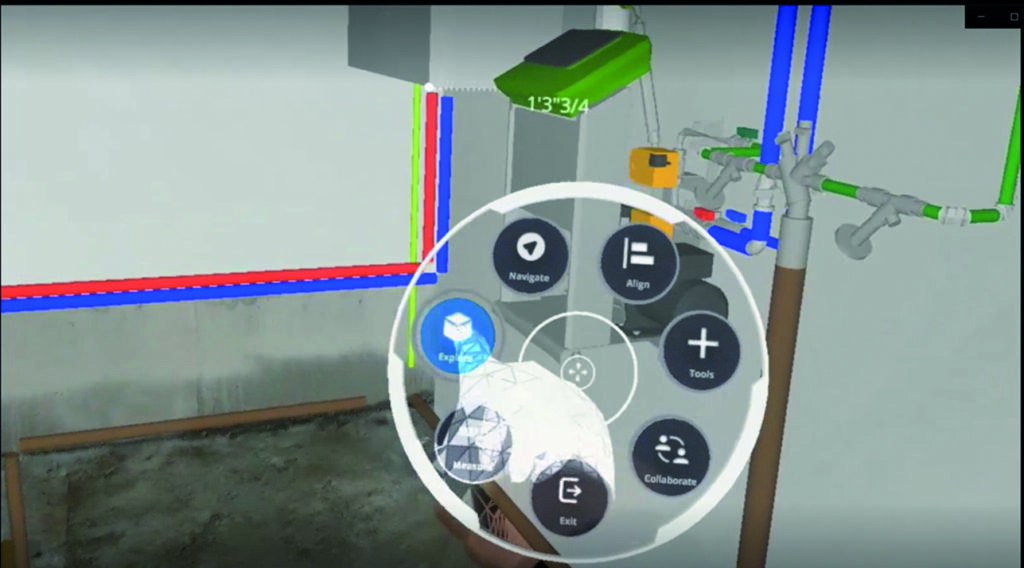
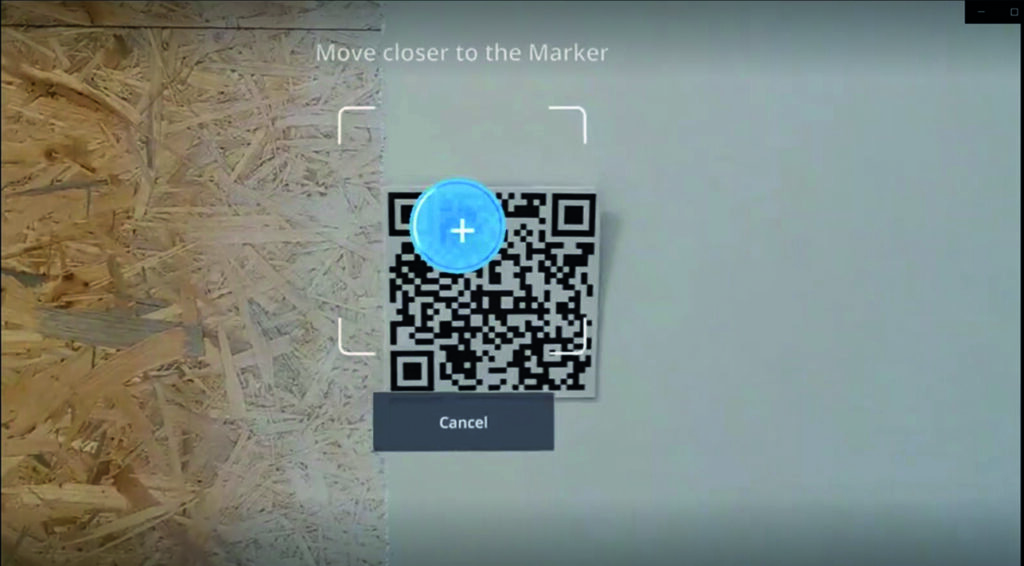
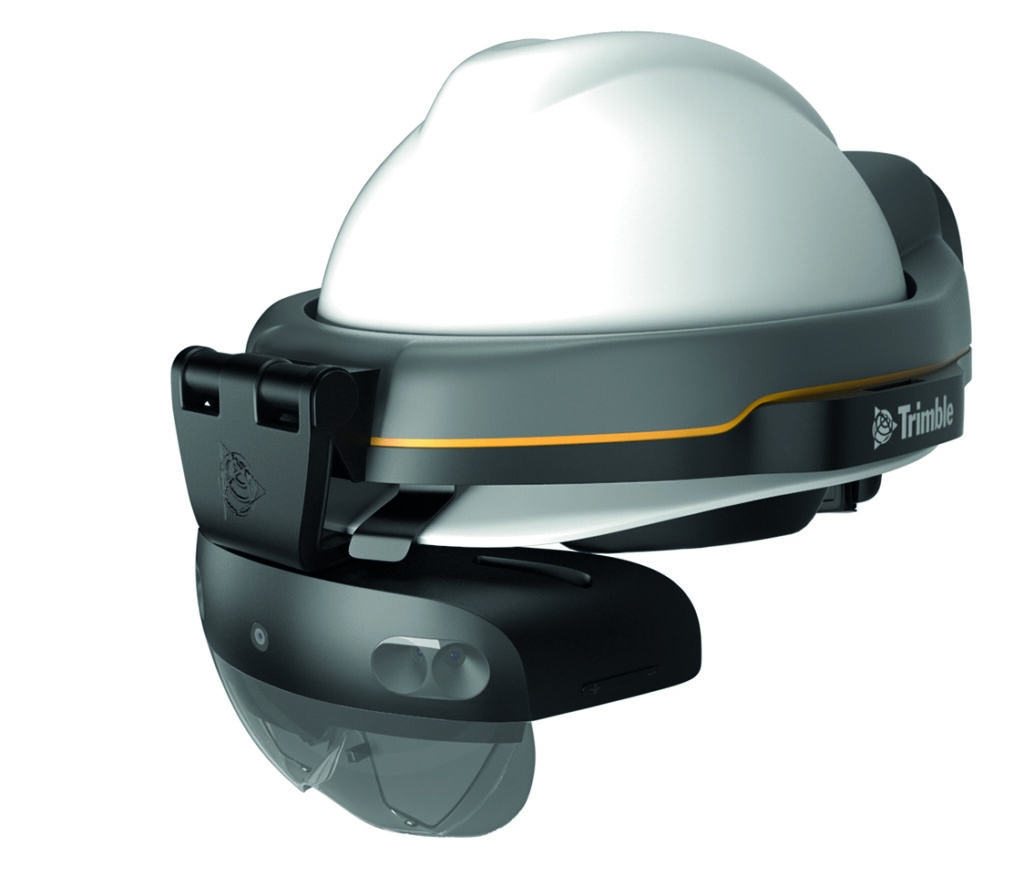
About HoloLens and the Trimble XR10
HoloLens technology incorporates multiple sensors, advanced optics, and holographic processing that merges seamlessly with its environment. These holograms can then be used to display information, blend with the real world, or even simulate a virtual world. The Trimble XR10 system incorporates this technology into an industry approved hardhat that is fully compatible with its Trimble Connect cloud-based collaboration platform.
The end result is a wearable solution that allows for the visualisation of 3D designs, on site by the user and remotely by other team members. This approach encourages real-time collaboration and transparency among stakeholders to avoid errors and delays.
The Realities of Mixed Reality – A Learning Curve
Using the XR10 has shown Eleftherios just how much its functionality can benefit his – and other – projects. To get the most of the system you should:
the introduction of the XR10 has enabled him to explore many aspects of its functionality and also to better understand how to enable colleagues on other projects to get the most out of the system in the future:
Be prepared for the mixed reality experience – it can be strange on the first few uses.
A clean site clear of obstructions is essential for health and safety as you’ll be moving around
Break down the BIM model for better handling. On this project the initial BIM model was broken down into seven different smaller models.
Placing and scaling the model can be best done using QR markers. On this project, KOREC notified Mercury that QR markers placed 15-20m apart could catch any positional drift.
Push the technology and software to discover how the functionality can deliver even more. Eleftherios rates the building sequence option, transparent layers and the ability to freeze screens.
Break down the BIM model for better handling. On this project the initial BIM model was broken down into seven different smaller models of which six were MEP.
Placing and scaling the model can be best done using QR markers. For optimal use on this project, KOREC notified Mercury that QR markers placed 15-20m apart would address any positional drift.
Push the technology and software to discover how the functionality can deliver even more, for example, Eleftherios rates the building sequence option, transparent layers and the ability to freeze screens.
Future Plans
The Mercury team has been using the Trimble XR10 for nearly six months, and Eleftherios is delighted with the results.
The benefits are so impressive, Mercury is already making future plans using this equipment. More complex MEP work, more remote data sharing with clients and further use of mixed reality are all on the cards.
For further information on Augmented and Mixed Reality, please contact Sam Hough, KOREC’s Senior Applications Engineer and Digital Construction & AR/MR specialist.
M: 07870892280 E: sam.hough@korecgroup.com
Follow Sam Hough on LinkedIn

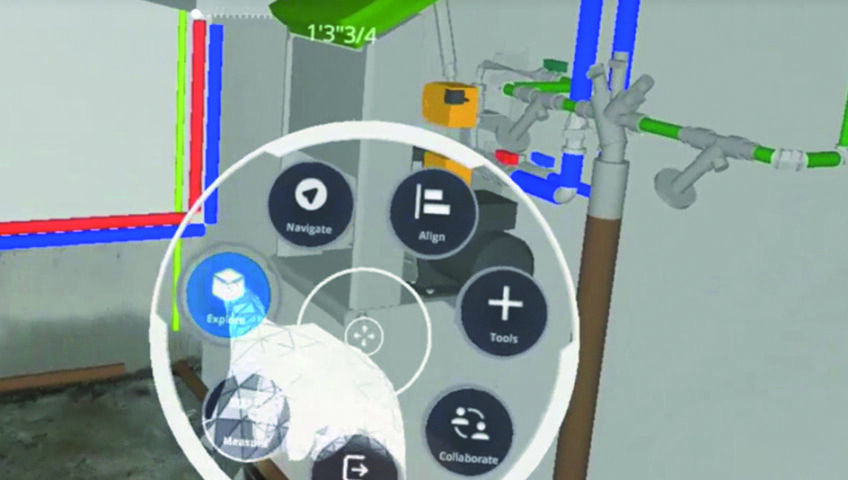
Write a Comment